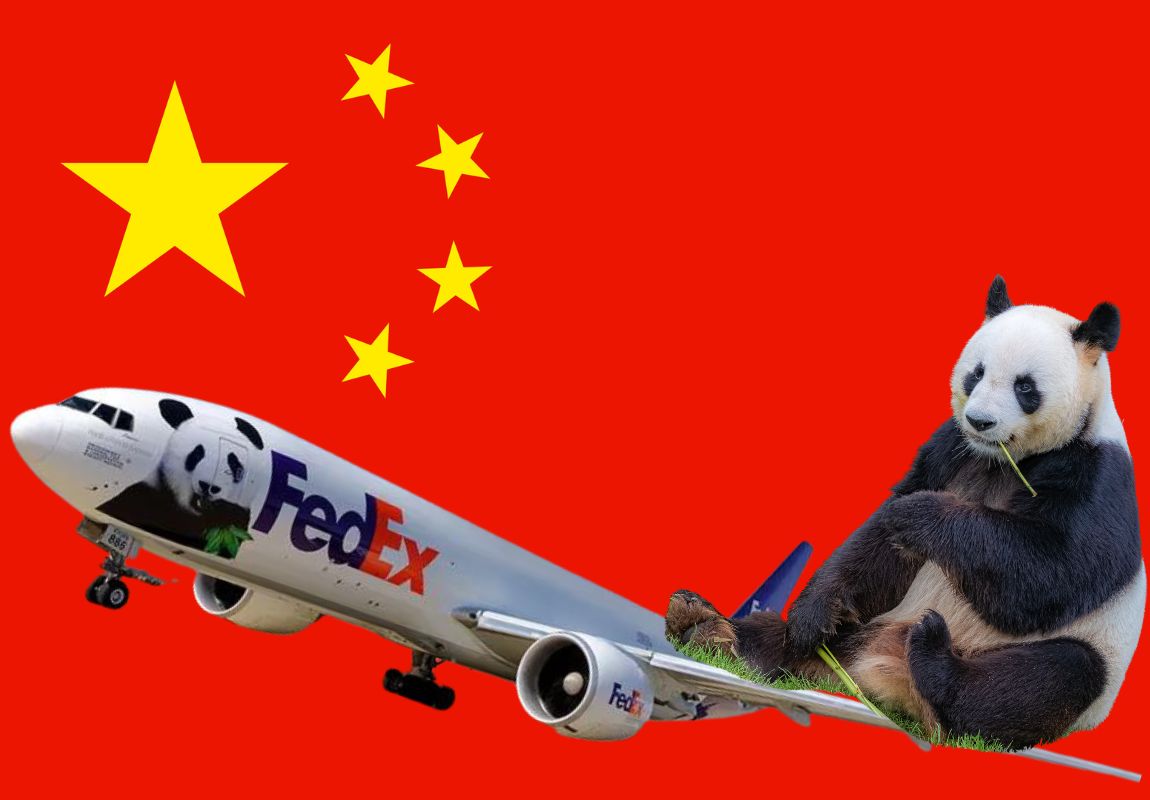In a TikTok video with over five million views created by @nbcWashington, a video of FedEx crates filled with cuddly, adorable, black and white giant pandas caught the attention of many people. The headline of the NBC video says, “National Zoo’s Giant Pandas Leaving for China.”
Many comments on the video report being saddened by the departure.
@shootings6stars comments, “So many memories of those pandas and my kids growing up and seeing them at the zoo. Us locals are going to miss you guys!”
While some commenters write about their memories of the beloved bears, others question and comment on the reason for the pandas departure.
@pinky00880 writes, “Is it not alarming that they are taking all the panda’s back?”
For five decades giant pandas have been in zoos and biology institutes across America due to an agreement between the U.S. and China. However, all pandas in the U.S. are currently being returned to China due to the end of this shared agreement, reports CNN.
According to The Smithsonian National Zoo and Conservation Biology Institute (SNZCBI), giant pandas first came to America during the Nixon administration in 1972. The Smithsonian National Zoo and Conservation Biology Institute (SNZCBI) was the first zoo to exhibit giant pandas in America.
The reason for the pandas’ return home is complicated.
Pamela Baker-Masson, the Director of Communications for the SNZCBI, explains one of the reasons for the panda program and their departure.
“The pandas were not ‘recalled,’” says Baker-Masson, “We have always known the pandas would leave per our agreement. It’s in the best interest of our three pandas to return to China – Mei and Tian are elderly. Xiao Qi Ji will enter a breeding program. We’re very hopeful to have a new pair at some point next year that will be a breeding pair.”
According to The SNZCBI, “The arrival of the giant pandas drew millions of fans from around the world to the Zoo. It also gave the Smithsonian an unparalleled opportunity to study giant panda behavior, health, reproduction and ecology.”
“We don’t simply lease pandas. There are well thought out science conservation plans that we implement with our Chinese colleagues,” said Baker-Masson. “It’s all based on conservation and what we can do to protect giant pandas, their habitat and all the wildlife that are positively impacted when we support giant pandas.”
However, according to CNN’s article, “The National Zoo’s panda program is ending after more than 50 years as China looks elsewhere,” another part of the issue has to do with U.S. – Chinese relations.
CNN reported that the pandas were used as a diplomatic tool in 1972 when Nixon visited communist China and formed the agreement to exhibit pandas in America. Presently, relations between America and China are locked in a stalemate, coinciding with the reason for the pandas departure.
The leader of Animal Wellness club at Lincoln, Natalie Grewe, believes that the pandas exhibition and diplomacy brings up a larger ethical issue.
“I personally believe that animals shouldn’t be used for political agendas,“ she says.
In a research paper titled, “Animal Ethics,” Olatz Aranceta-Reboredo compares China’s giant panda program and Australia’s similar Koala program. Aranceta-Reboredo mentions the ethics of animal diplomacy.
“Their perspectives, needs and individuality as subjects outside of their potential benefits for these countries are not commonly addressed when analyzing public diplomacy that uses nonhuman animals — usually known as animal diplomacy,” Aranceta-Reboredo writes.
It is still unknown if the pandas will return to all American Zoos to continue this five decade long panda “diplomacy” and species research program. For more information and archived videos of the beloved bears visit www.nationalzoo.si.edu/.

